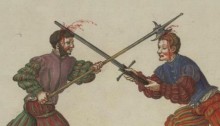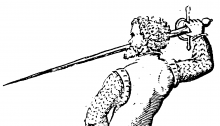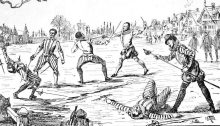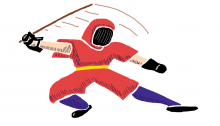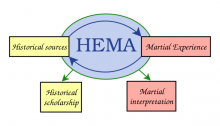Priorité et Convention
Cet article traite des règles de priorité. Elles sont souvent vues comme un symbole de la sportification, mais j’en suis venu à les comprendre un peu mieux au fil du temps : ce qui est recherché, mais aussi leurs vrais inconvénients dans le contexte des AMHE, où les assauts doivent aider à la reconstruction d’arts martiaux.
